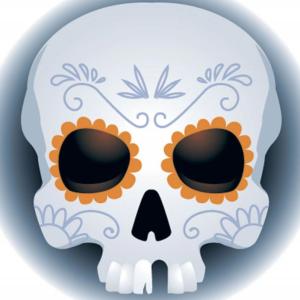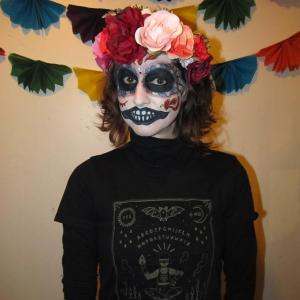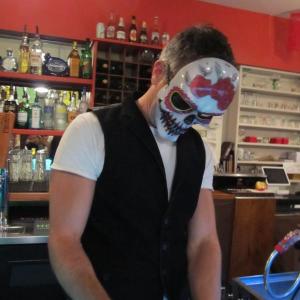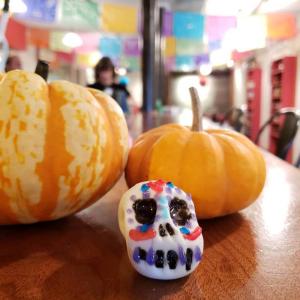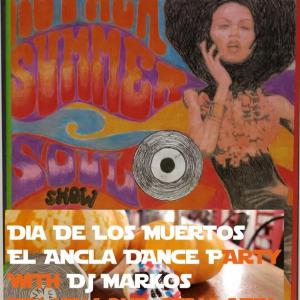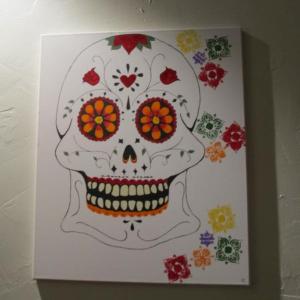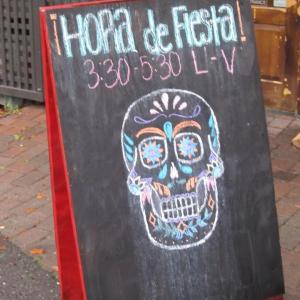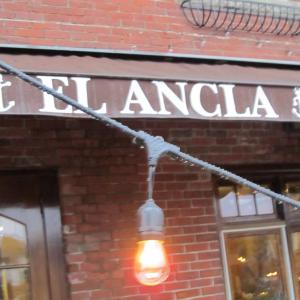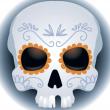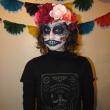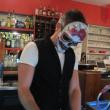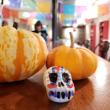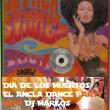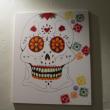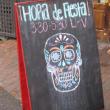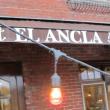The skeletons and skulls behind Day of the Dead
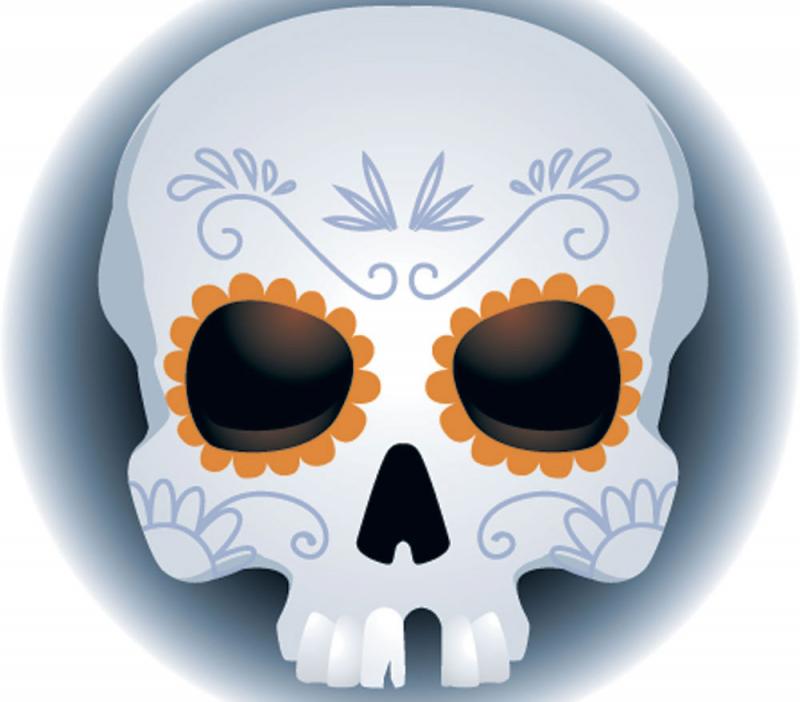 The traditional skull of Day of the Dead celebrations. (Photo courtesy Metro Creative)
The traditional skull of Day of the Dead celebrations. (Photo courtesy Metro Creative)
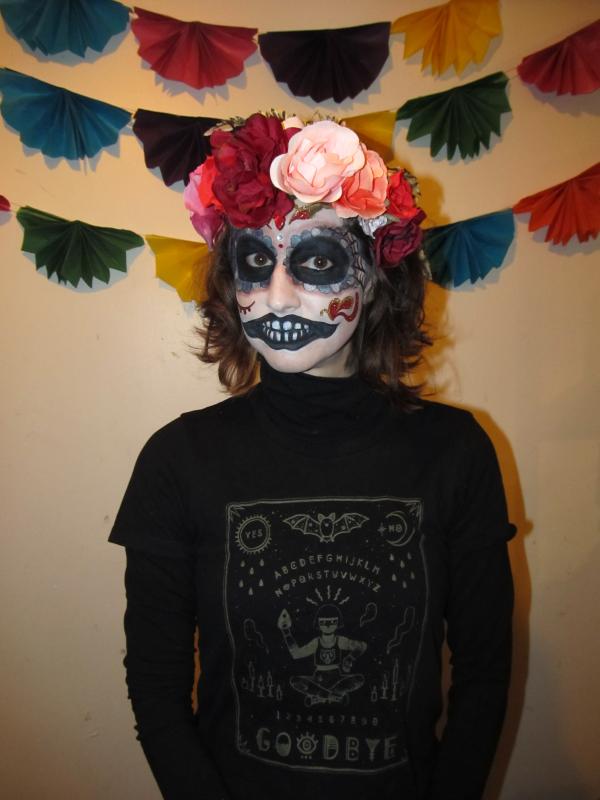 Shelby Spera, a server at El Ancla restaurant in Camden, gets fully in character for Day of the Dead. (Photo by Kay Stephens)
Shelby Spera, a server at El Ancla restaurant in Camden, gets fully in character for Day of the Dead. (Photo by Kay Stephens)
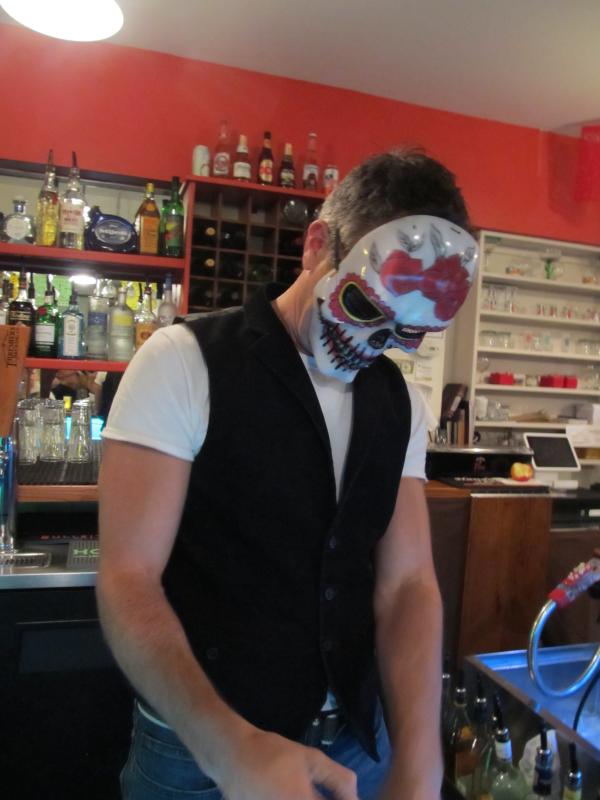 Bartender Ben Curtis getting into the spirit. (Photo by Kay Stephens)
Bartender Ben Curtis getting into the spirit. (Photo by Kay Stephens)
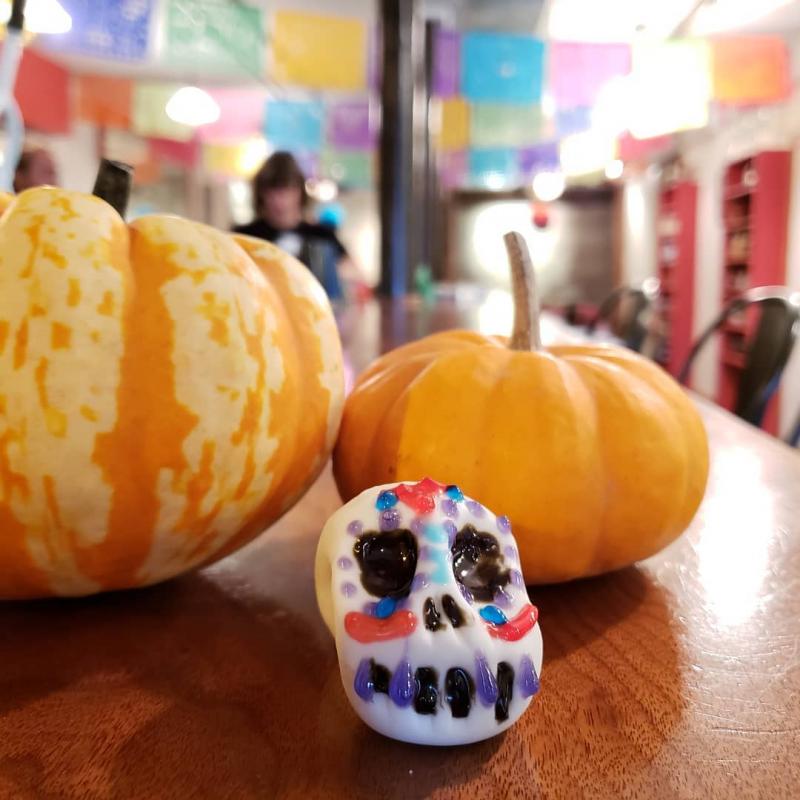 Sugar skulls (Photo courtesy El Ancla)
Sugar skulls (Photo courtesy El Ancla)
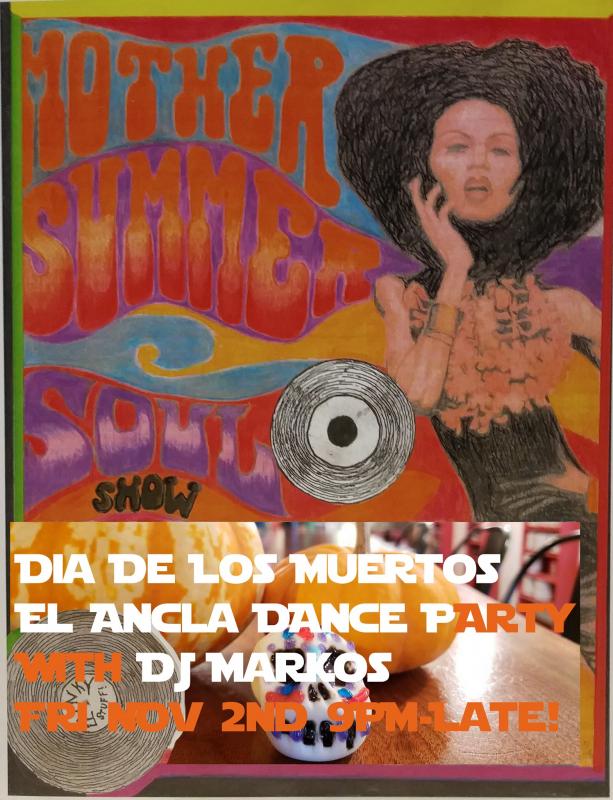 Poster courtesy Necessary Music Productions
Poster courtesy Necessary Music Productions
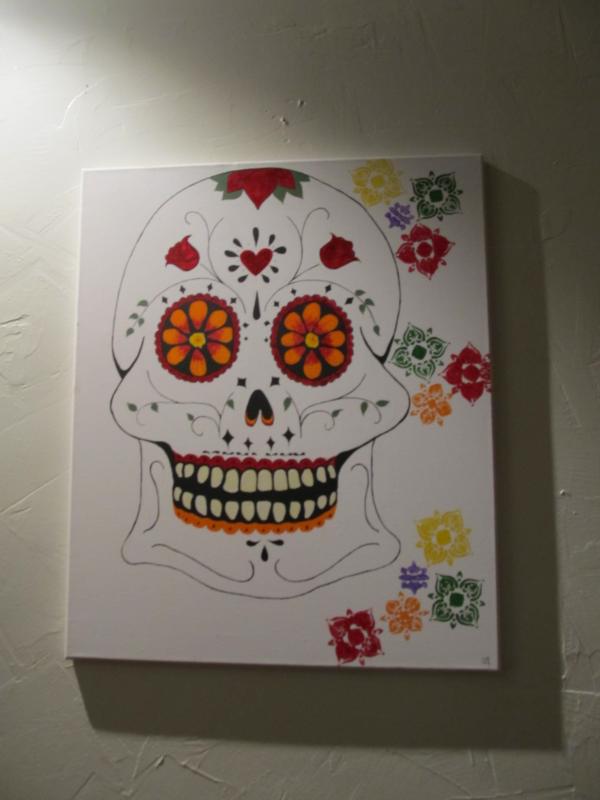 (Photo by Kay Stephens)
(Photo by Kay Stephens)
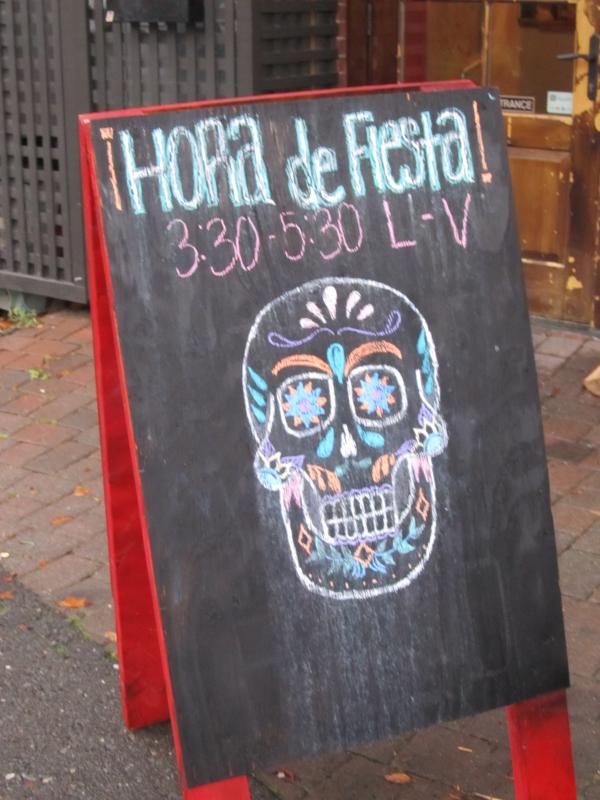 Photo by Kay Stephens)
Photo by Kay Stephens)
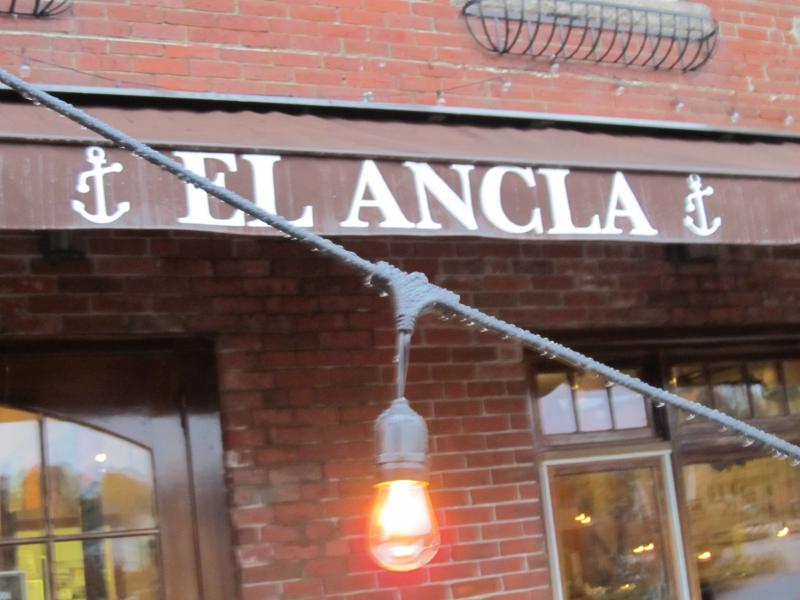 (Photo by Kay Stephens)
(Photo by Kay Stephens)
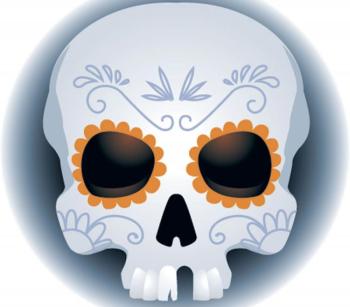 The traditional skull of Day of the Dead celebrations. (Photo courtesy Metro Creative)
The traditional skull of Day of the Dead celebrations. (Photo courtesy Metro Creative)
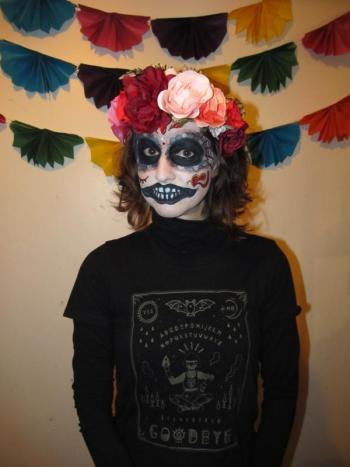 Shelby Spera, a server at El Ancla restaurant in Camden, gets fully in character for Day of the Dead. (Photo by Kay Stephens)
Shelby Spera, a server at El Ancla restaurant in Camden, gets fully in character for Day of the Dead. (Photo by Kay Stephens)
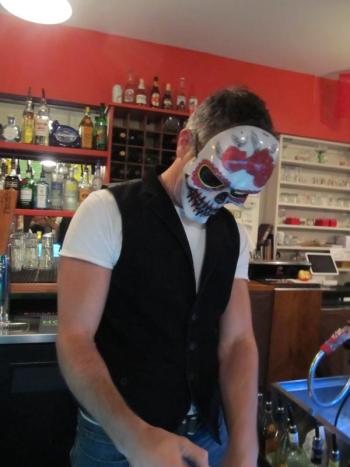 Bartender Ben Curtis getting into the spirit. (Photo by Kay Stephens)
Bartender Ben Curtis getting into the spirit. (Photo by Kay Stephens)
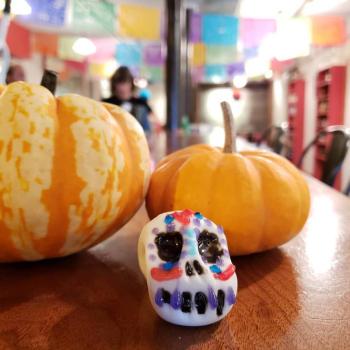 Sugar skulls (Photo courtesy El Ancla)
Sugar skulls (Photo courtesy El Ancla)
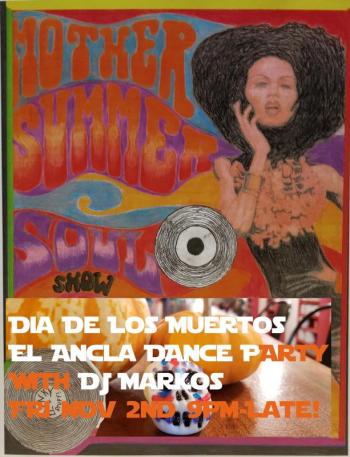 Poster courtesy Necessary Music Productions
Poster courtesy Necessary Music Productions
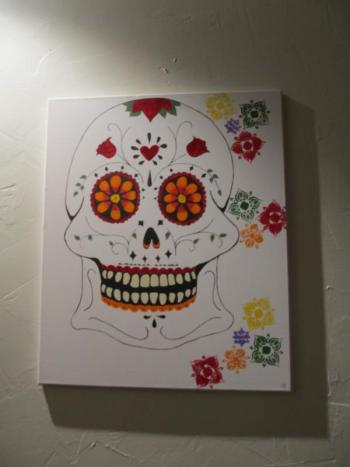 (Photo by Kay Stephens)
(Photo by Kay Stephens)
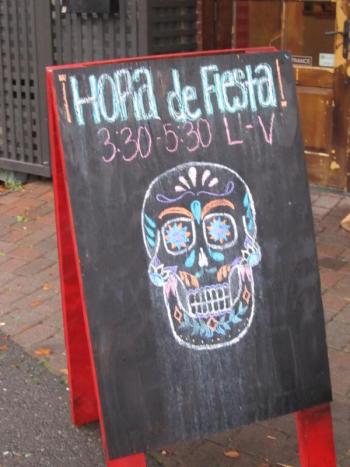 Photo by Kay Stephens)
Photo by Kay Stephens)
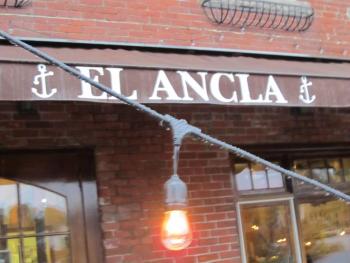 (Photo by Kay Stephens)
(Photo by Kay Stephens)
CAMDEN—Skulls and skeletons still linger days after Halloween has passed. On November 1 and 2, the world celebrated Day of the Dead, Dia de los Muertos, a Mexican holiday that honors loved ones who have passed on.
If you ever wondered what this was all about, the festivities originated by the Aztecs around 3,000 years ago. The cultural practice merged with elements of Christianity to coincide with All Saints Day and All Souls Day. Death was recognized as a normal part of the human cycle and not to be feared. On these particular days, the deceased awakened from their eternal slumber when the living relatives and friends put on feasts and celebrations to “call to them” so to speak. Many of these celebrations would be held in cemeteries. All the food, tequila, mezcal and parties were meant to let the departed enjoy all of the things they enjoyed in life for a night or two.
Two of the more recognized symbols from these festivals are the brightly colored skeletons and skulls (calacas and calaveras). Dating back to the Spanish conquest, the Spaniards added to the already established practices of the Day of the Dead with their own contribution: sugar. Making little molds of sugar and water into skulls, people would write the names of the deceased on the forehead and decorate with ribbons and icing. Often, the smallest sugar skulls were meant to honor babies and small children who passed on too early. Rather than make them hideous and ghastly (as one would for a Halloween mask), the skulls were decorated with bright color—because once again, color represented vibrant life and no one wanted to offend the dead with too much mourning or sadness.
Around the state, the University of Maine held a Day of the Dead celebration making paper skull masks and a number of Mexican and Latin American-themed restaurants around Maine participated with their own Dia de los Muertos traditions including La Mesa in Liberty and El Ancla, in Camden, where staff dressed up with masks and painted faces. Kids were invited to construct sugar skulls at 5 p.m. and at 9 p.m., the celebrations for adults kicked off with a Day of the Dead dance party with DJ Markos a.k.a. Mark Elwin from Mother Summer Soul radio show.
For more information on Day of the Dead visit: Aztec Central
Kay Stephens can be reached at news@penbaypilot.com
Event Date
Address
United States

